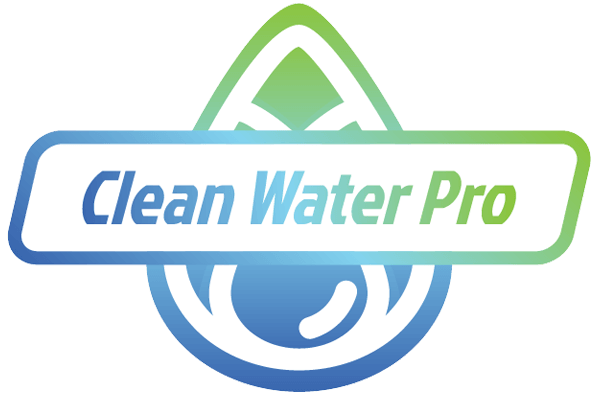Foam formation on the water’s surface in lakes and ponds can be natural, yet it often raises concerns about water quality and ecological balance. Whether found on a vast lake or a small pond, understanding the role of organic material and its impacts on fish and other aquatic life is key to effective management. Here, we explore the detailed dynamics of foam in these aquatic settings and provide strategies for maintaining healthy ecosystems.
The Science Behind Pond Foam Formation

Foam on the surface of lakes and ponds is typically a result of the accumulation and breakdown of organic materials, which include:
- Decaying Plant Matter: In lakes and ponds, plants and algae release organic compounds as they decompose. Rich in proteins and lipids, these compounds can decrease water’s surface tension.
- Surface Tension and Agitation: The altered surface tension due to organic materials allows for easier bubble formation, especially where water is agitated by wind, waves, or flowing over weirs and falls. This agitation traps air within these organics-enriched waters, forming foam.
- Runoff and Environmental Factors: External influences such as agricultural runoff, urban stormwater, and other sources of pollutants can introduce excessive nutrients and organic matter into lakes and ponds, exacerbating foam production.
Understanding these basic scientific principles helps identify the causes of foam and address them effectively.
How Fish and Aquatic Life Impact Pond Foam

The presence and behaviour of fish and other aquatic life forms significantly affect the organic balance within lakes and ponds:
- Fish Waste: Fish excrete waste that adds organic and nitrogenous materials to the water. Overpopulated or densely stocked water bodies can see higher levels of these materials, contributing to foam formation.
- Feeding Practices: Overfeeding fish is common in managed lakes and garden ponds. Uneaten food decomposes in the water, adding to the organic load that can result in foam.
- Natural Biological Contributions: The life processes of aquatic organisms, including their reproduction, growth, and decay, naturally contribute to the organic content in water bodies, influencing foam formation under certain conditions.
Strategies for Foam Management in Lakes and Ponds
Addressing foam effectively involves both corrective measures for immediate issues and long-term management strategies:
- Enhanced Filtration and Aeration: Improving pond filtration systems and enhancing natural filtration through wetlands around lakes can help remove excess organics. Water aeration helps by circulating the water and promoting healthy microbial activity that breaks down unwanted materials.
- Vegetation Management: Maintaining a buffer of natural vegetation along shorelines absorbs nutrients and filters runoff before it enters a lake or pond, reducing the potential for foam.
- Regulating Fish Populations and Feeding Practices: Ensuring that fish populations are appropriate for the size and capacity of the lake or pond and regulating feeding habits can prevent excessive organic waste.
- Regular Monitoring and Maintenance: Regularly monitoring water quality and promptly addressing changes in nutrient levels or organic loads can prevent conditions that lead to foam formation.
Conclusion
While foam can be a naturally occurring phenomenon in lakes and ponds, its presence often highlights the need for closer attention to ecosystem management. By understanding the causes, including the role of organics and the impact on aquatic life, and implementing effective management strategies, it is possible to maintain the ecological balance and aesthetic quality of these important water bodies.
